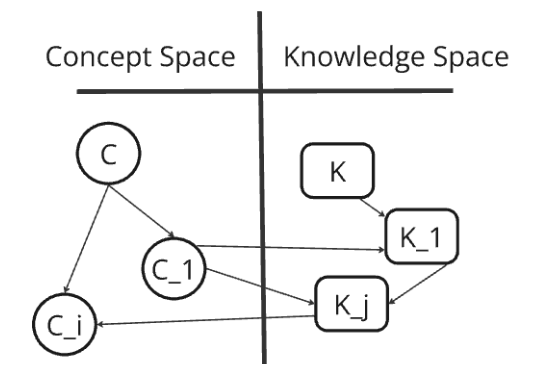Abstract
In the majority of computational simulations developed for engineering design research, the focus is on simulation for the purpose of analysis, such as simulating stresses to identify yield or fracture points in structures. However, what about simulating design theory for the purpose of developing theory? In fields like organizational psychology, simulations have proven valuable in predicting behaviors and understanding decision-making processes. This work draws inspiration from those fields to investigate its applicability in design theory. This work use C-K design theory as a representative case study to demonstrate this approach. We designed a simulation using computational agents fueled by large language models. The simulation was designed to adhere to the C-K theory methodology in both wording and framework. The results of the simulation were evaluated utilizing a mix of both qualitative and quantitative methods. Findings from the results reveal that the concept to concept transition was the predominant operation and that diversity trended downwards across multiple experimental conditions. These findings from the simulation highlight gaps in C-K theory and suggest directions for future theoretical development. Ultimately, this case study demonstrates that design theories can be effectively simulated computationally, enabling the design research community to better understand and develop improved design theories
